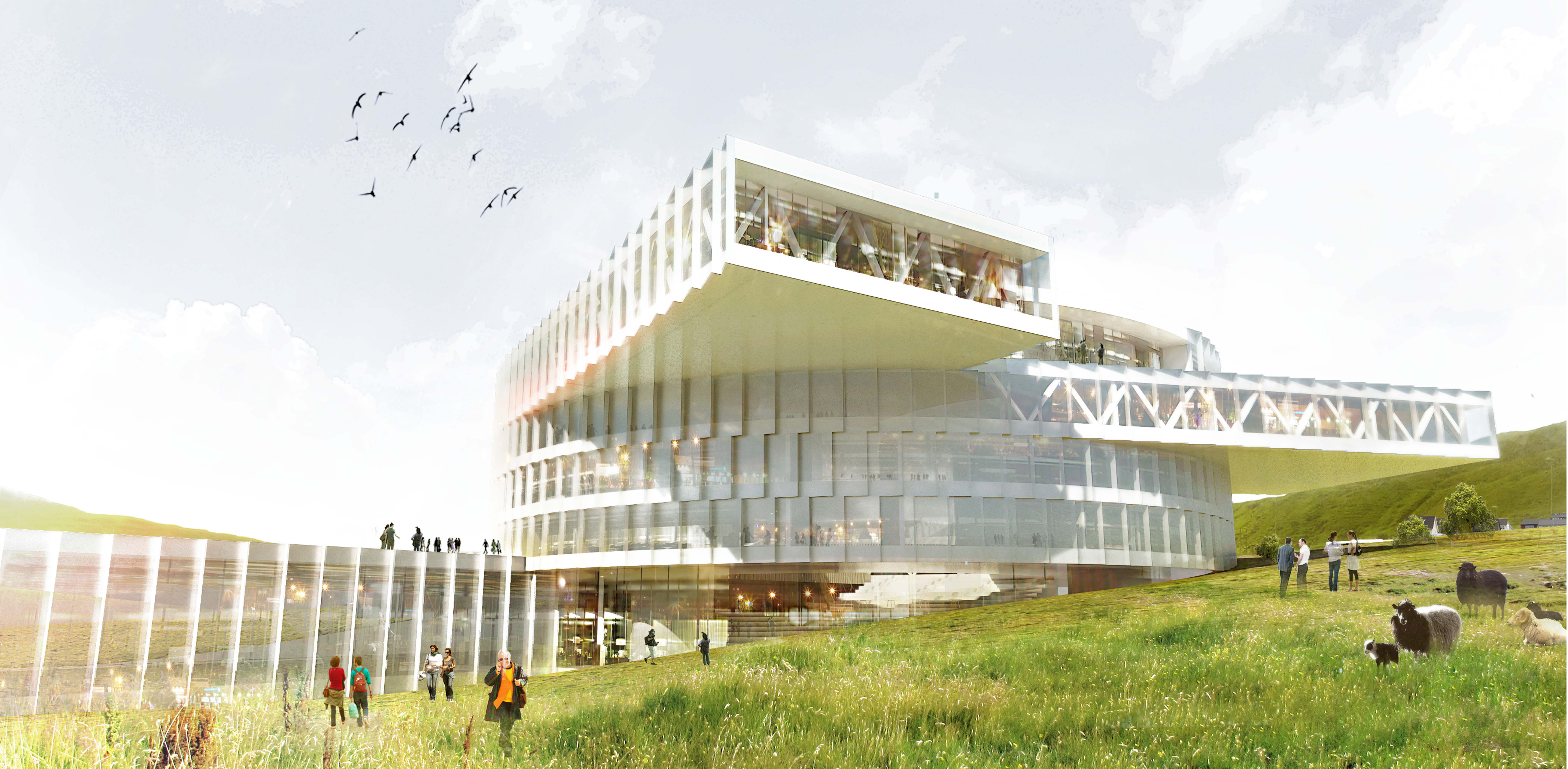Architects: Want to have your project featured? Showcase your work by uploading projects to Architizer and sign up for our inspirational newsletters.
Creating well-lit spaces maximizing natural light was a primary goal for modern architects. In the early twentieth century, there was a widespread belief that light offered hygienic benefits capable of limiting the spread of disease and helping patients heal. This trend achieved renewed importance after the 1918-20 influenza pandemic. Alvar Aalto’s Paimio Sanatorium design (1930-33) in Finland exemplifies this turn, with large glass panels that enabled tuberculosis patients’ rooms to flood with sunlight. Almost a century later, the quest for bright interiors remains.
Technological and material advances created new opportunities for architects to play with the interaction of light and space. Through creative means such a mesh aluminum screens, ribbed glass cladding, and acrylic rods, these six projects examine how contemporary designers are creating an architecture of translucency. By tempering exteriors, translucent architecture promotes privacy without compromising the quality of natural light.
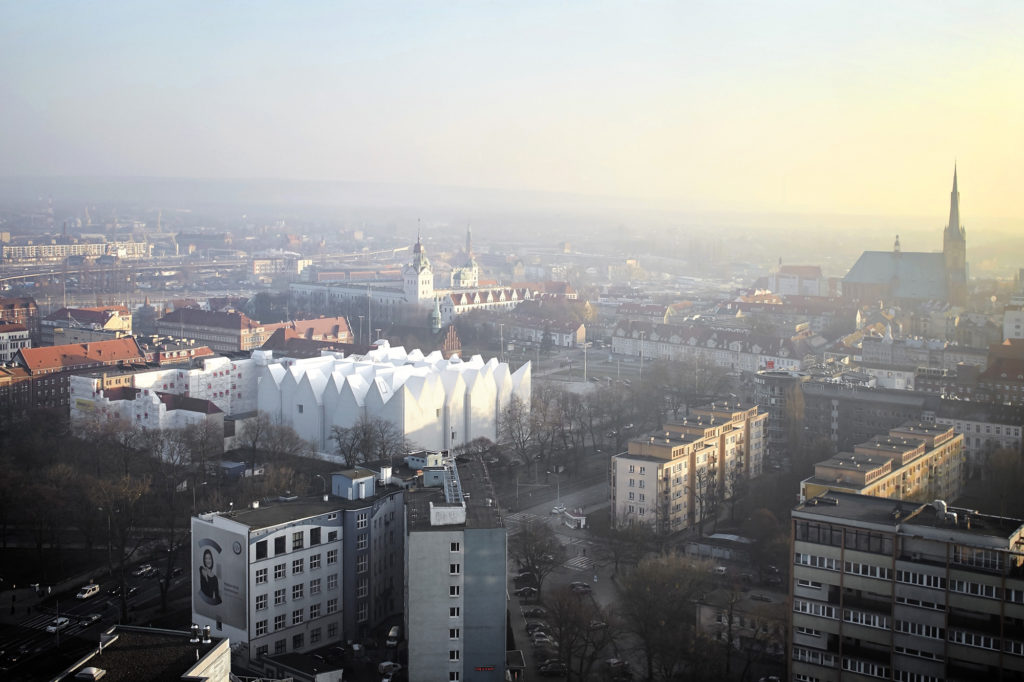
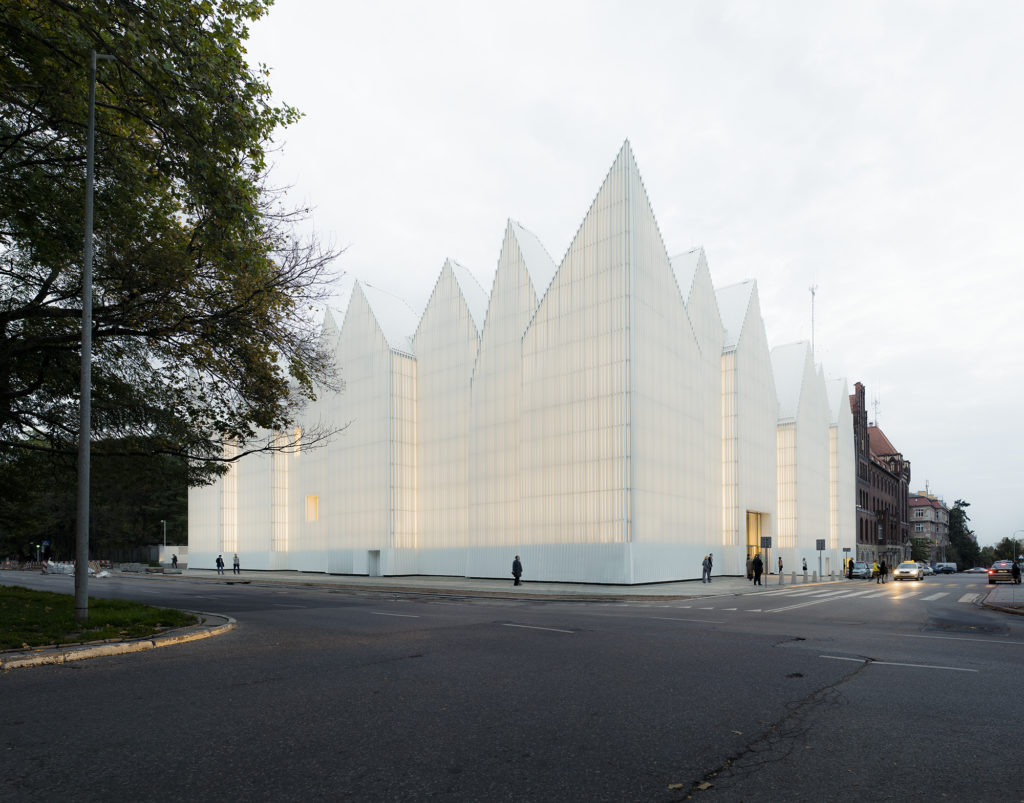 Philharmonic Hall by Barozzi / Veiga, Szczecin, Poland
Philharmonic Hall by Barozzi / Veiga, Szczecin, Poland
The angular façade of Szczecin’s new Philharmonic Hall was inspired by the cranes and neo-gothic spires that mark the skyline of this major port city on the Oder River. Ribbed glass clads the entire exterior, which, in addition to the large skylights that puncture the roof, allow light to permeate inside. Together, this creates a bright interior during the day and a glowing silhouette at night. The Philharmonic has a complex dialogue with the larger urban landscape. On the one hand, its unique exterior makes it an anomaly. Yet, at the same time, its jagged forms visually echo Szczecin’s steeply pitched roofs.
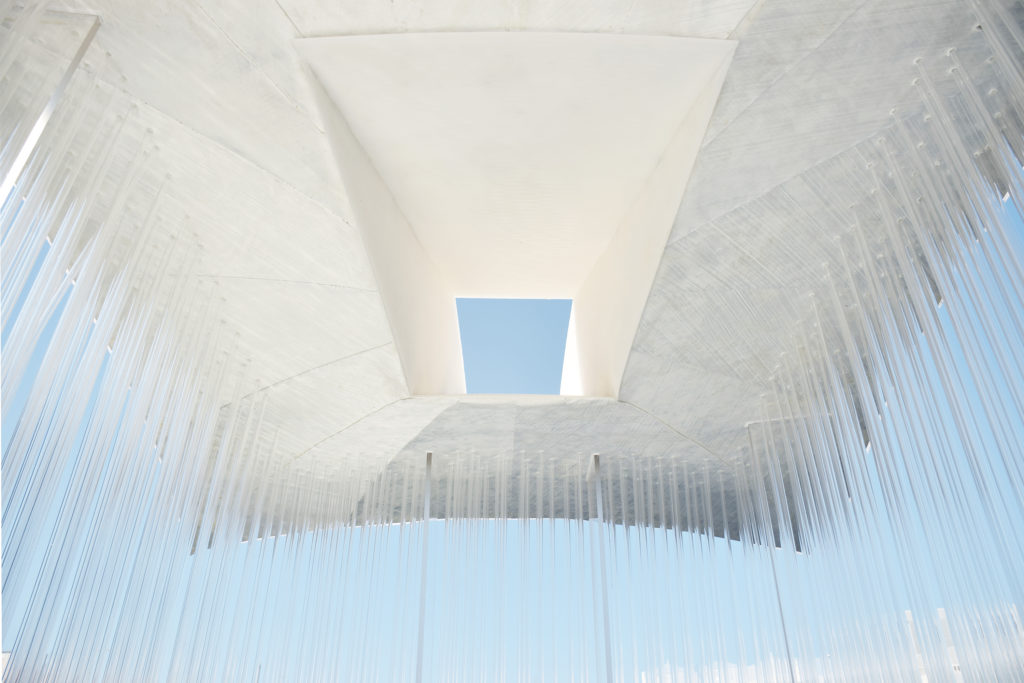
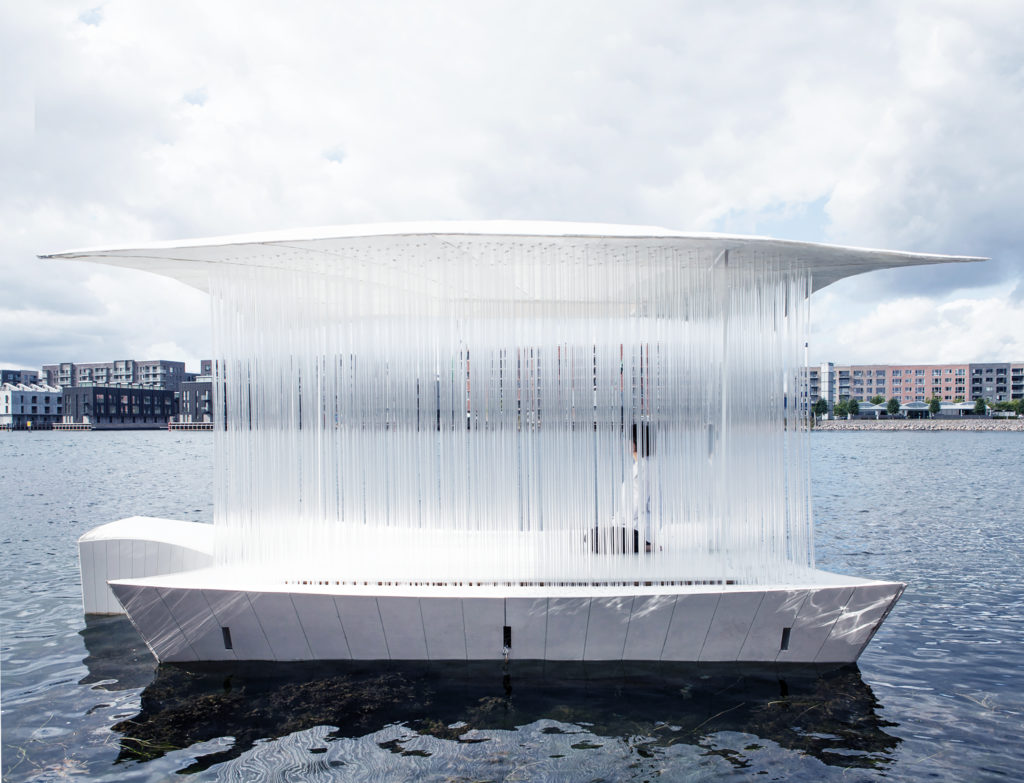 Teahouse Ø by PAN-PROJECTS, Copenhagen, Denmark
Teahouse Ø by PAN-PROJECTS, Copenhagen, Denmark
In recent years, Copenhagen has made incredible strides toward reclaiming its industrial (and formerly polluted) waterfront. Teahouse Ø is part of this broader civic movement to connect the population with water-based recreation opportunities. Winters in Scandinavia are particularly harsh, so maximizing the long summer days is vital. The floating pavilion is made from translucent acrylic rods that lend the roof an appearance of hovering above the water like a Fata Morgana. The translucent material also provides a degree of shade from the sunlight while not impeding observation of the harbor and nearby wharf.
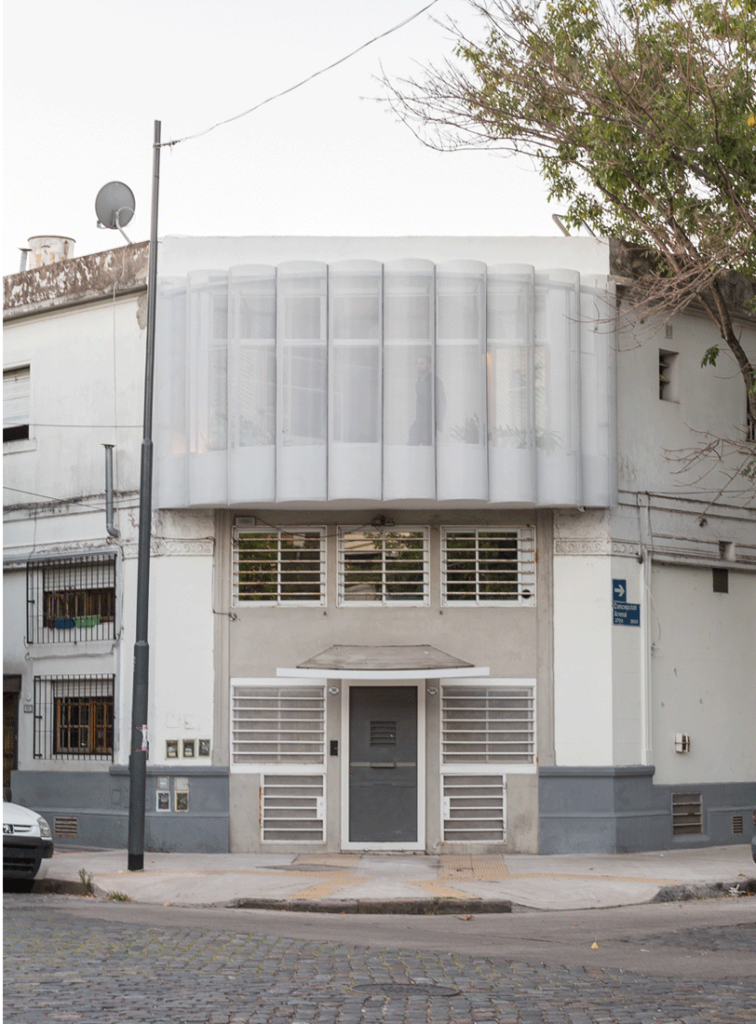
 El Camarin by iR arquitectura, Buenos Aires, Argentina
El Camarin by iR arquitectura, Buenos Aires, Argentina
A crescent balcony was the starting point for iR arquitectura’s translucent addition to a 1950s apartment in the Chacarita neighborhood. The idea was to expand the apartment’s available space by enclosing the balcony and thereby transforming it into a functional terrace with a screen to ensure some privacy. The interior space is amplified by demolishing the wall that previously separated the balcony and replacing it with a series of folding doors, thus increasing access to natural light. From the street, the scalloped translucent screen is a unique addition to the mid-century building’s character.
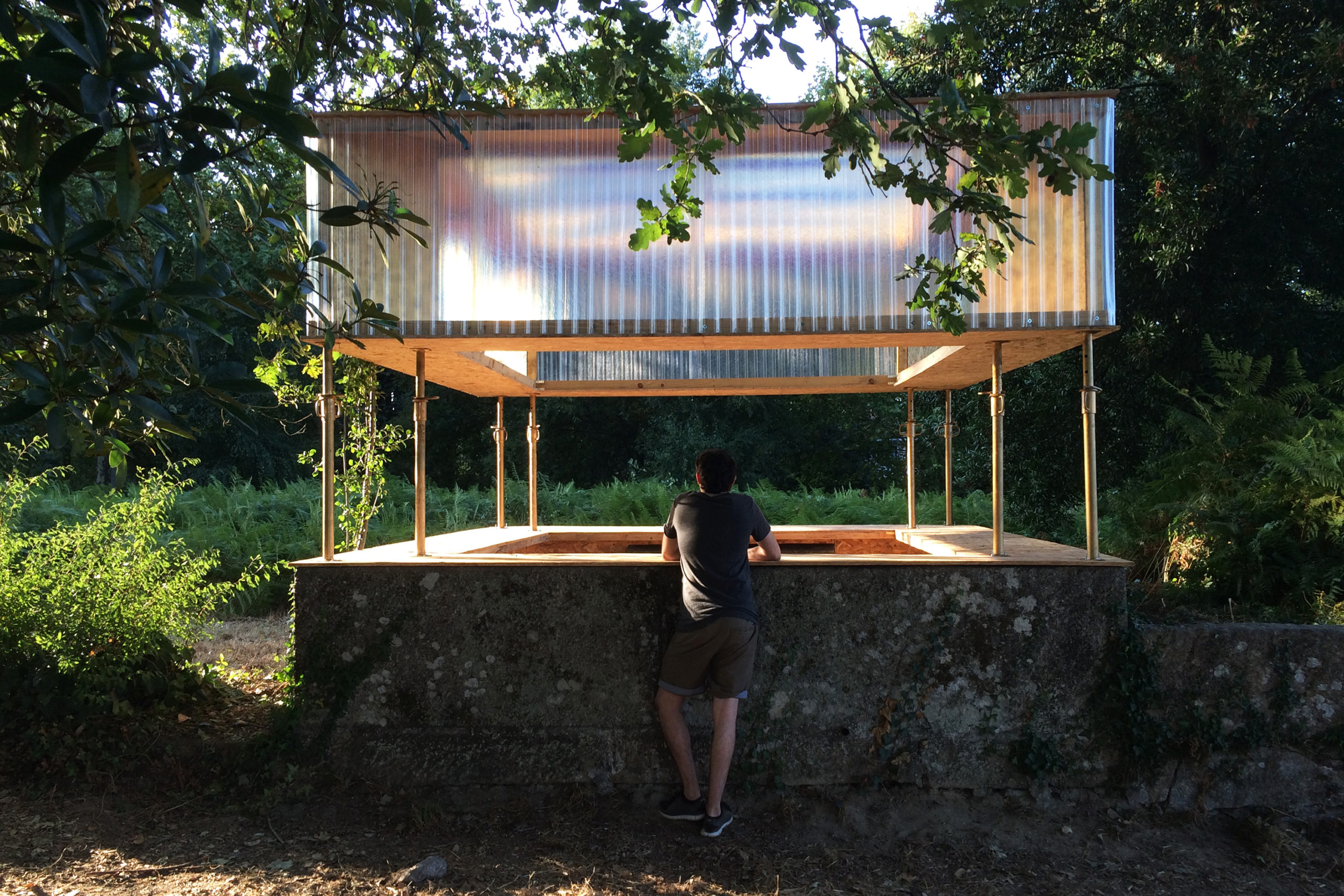
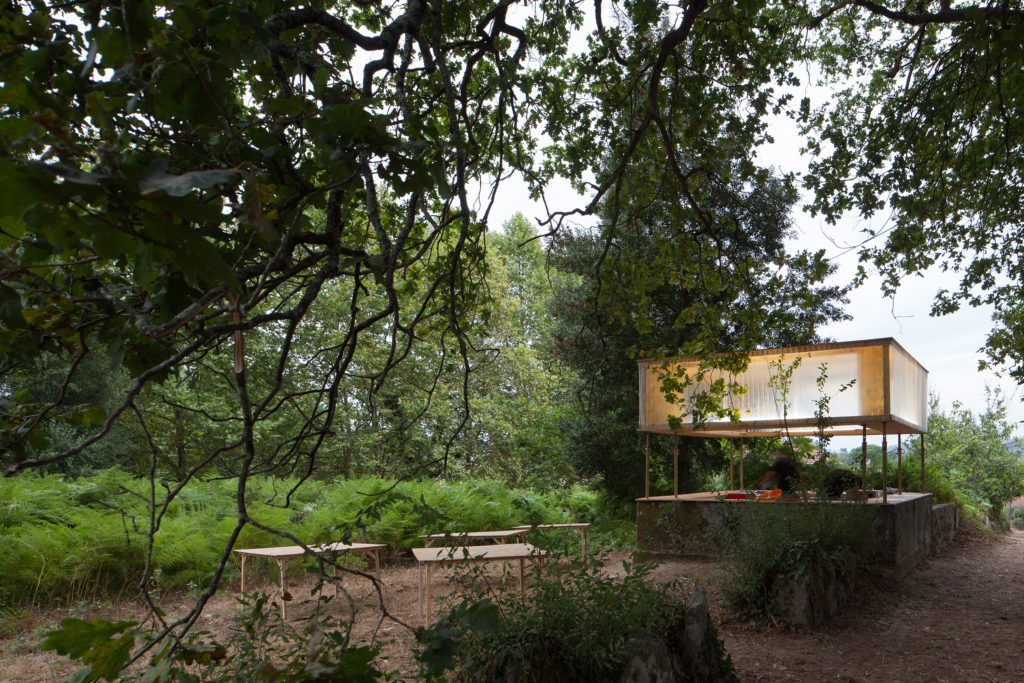 Hangover by Nuno Pimenta, Penafiel, Portugal
Hangover by Nuno Pimenta, Penafiel, Portugal
The challenge for architect Nuno Pimenta was to create a distinctive bar for the Ignition festival’s duration—a celebration of art, music, and architecture—exclusively from low-budget, prefabricated materials. Employing translucent corrugated fiberglass panels created a glowing baldachin over an existing stone tank. Plywood panels were added to the stone foundation to form the bar. This regal structure is framed by the surrounding forest, whose trees accentuate the shadows cast by the glow of the pavilion at night.
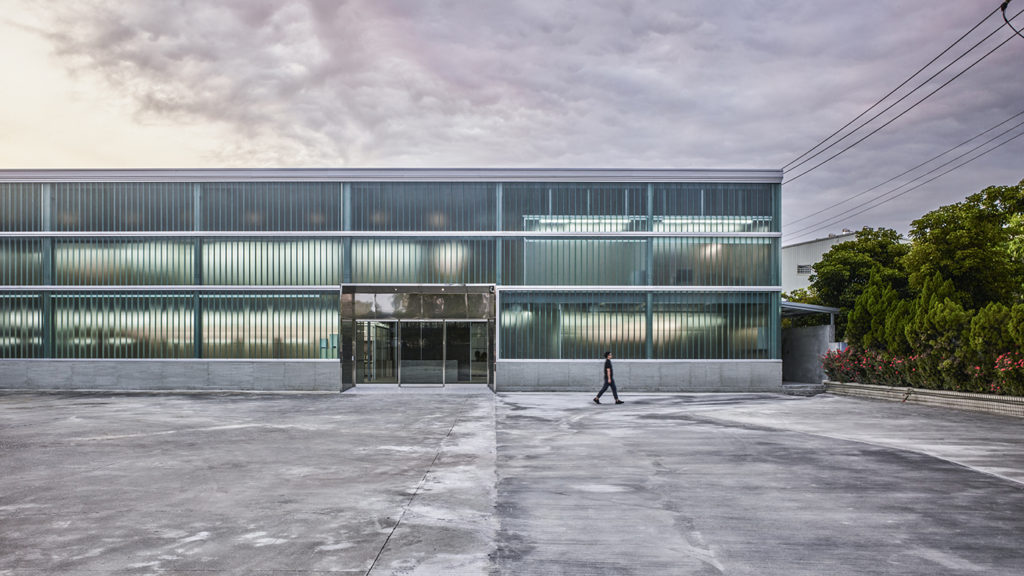
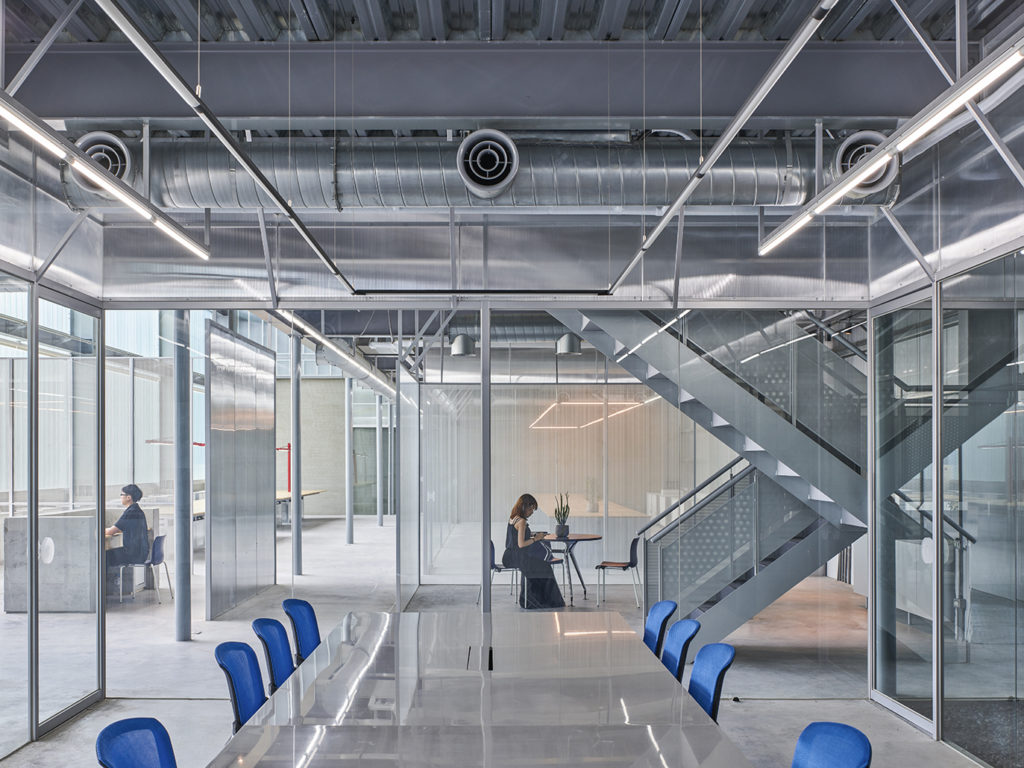 Filter Life by Waterform Design, Jiayi, Taiwan
Filter Life by Waterform Design, Jiayi, Taiwan
A Taiwanese water dispenser company’s 30-year-old warehouse renovation by Waterform Design promotes better working conditions through lighting. Three rows of semi-transparent glass compose the warehouse’s new façade. Removing the opaque walls and replacing them with translucent glass was especially important to provide light for the operations and offices located in the interior, which provides a solution to the previously poorly illuminated industrial space.

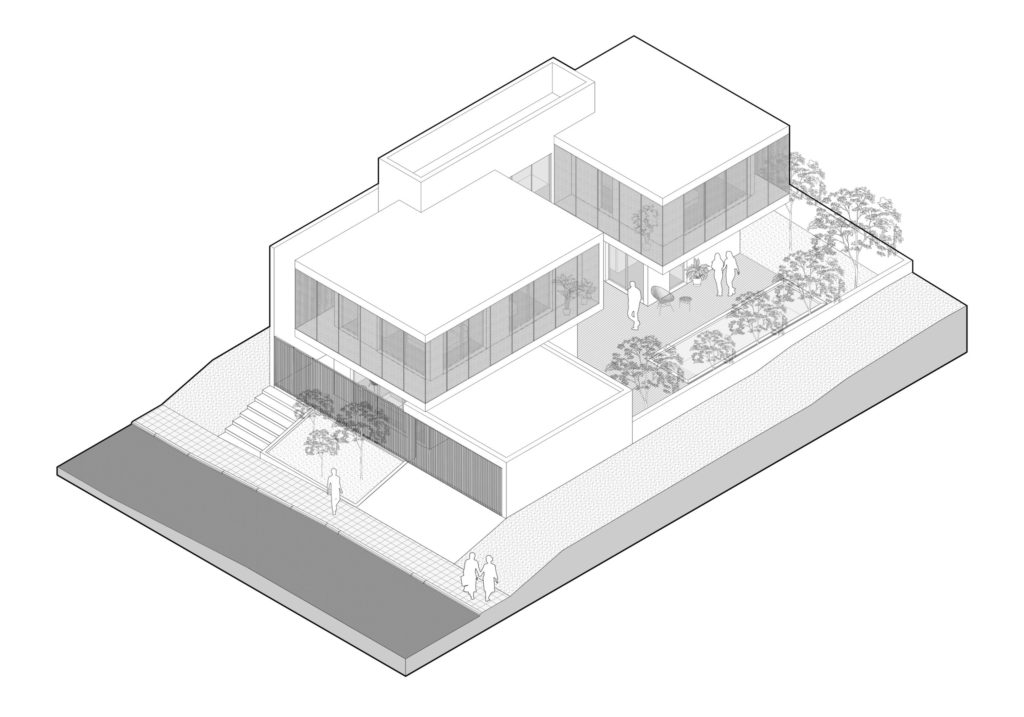
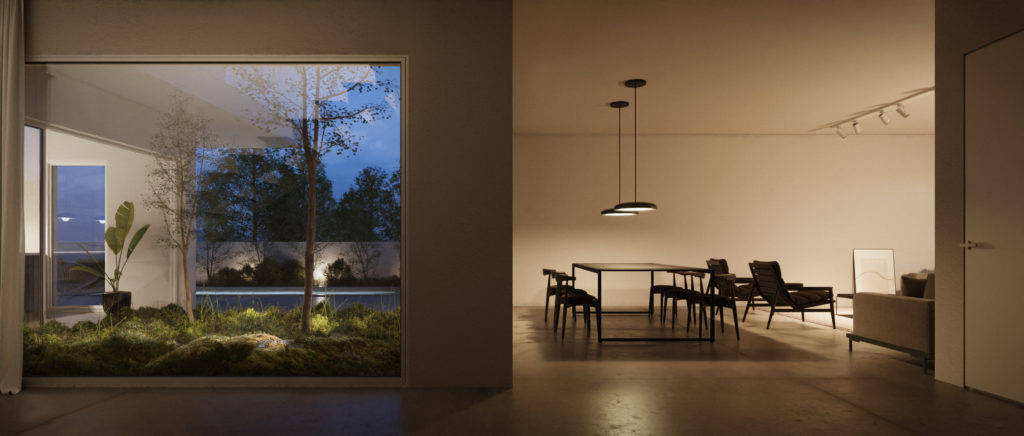 The Verge House by søasaa, Nicosia, Cyprus
The Verge House by søasaa, Nicosia, Cyprus
The Verge House unfolds in a u-shaped footprint and is defined by a contiguous enclosed balcony that wraps around its façade. An aluminum mesh screen shades the home and provides privacy to its inhabitants without completely obscuring visibility and airflow. Similarly, the u-shape footprint increases the exterior surface area enabling more natural light to enter the home. The wings of the house face a central atrium garden.
Architects: Want to have your project featured? Showcase your work by uploading projects to Architizer and sign up for our inspirational newsletters.
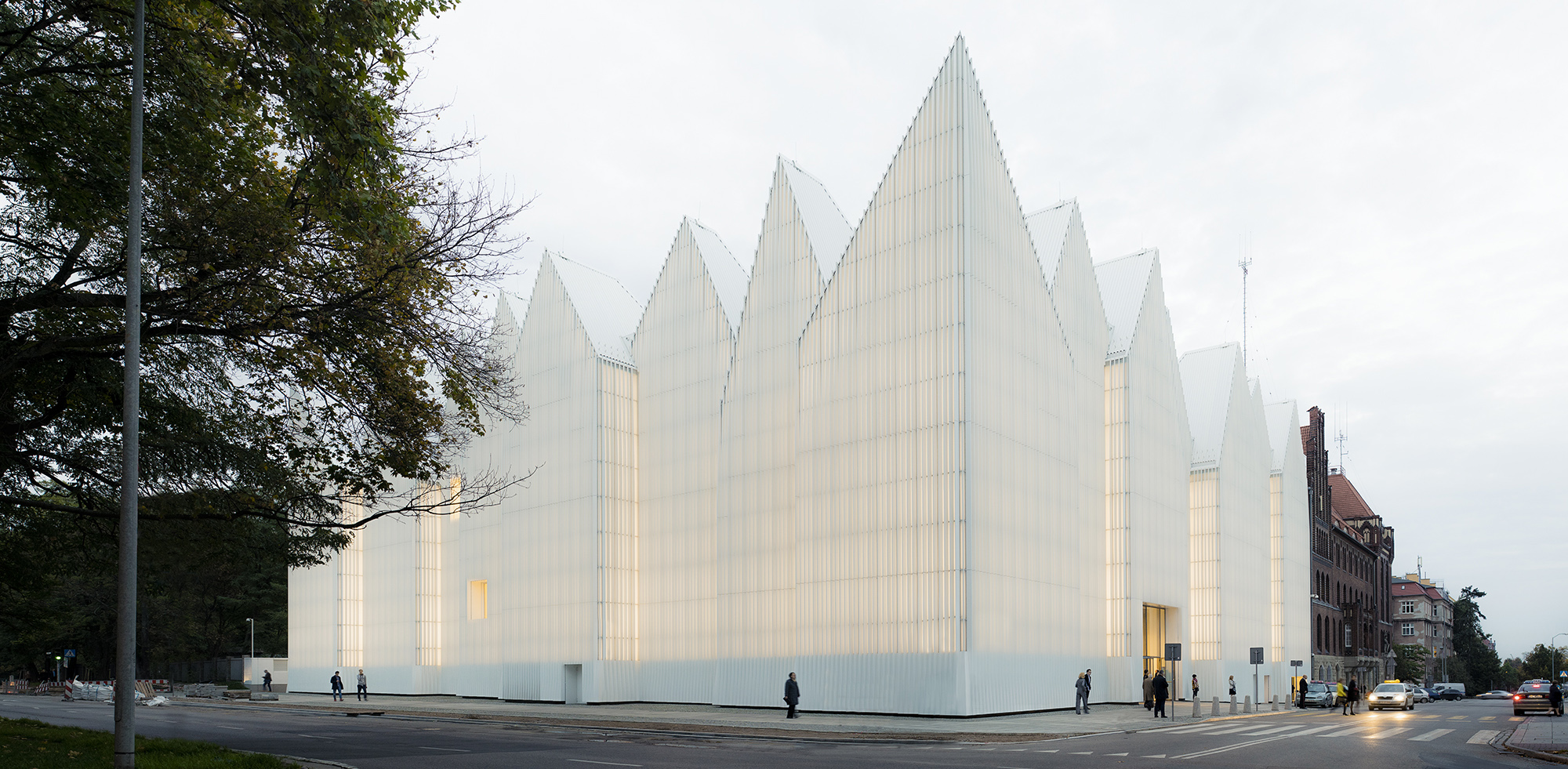
 El Camarin
El Camarin  Filter Life
Filter Life  Hangover
Hangover  Philharmonic Hall
Philharmonic Hall 
